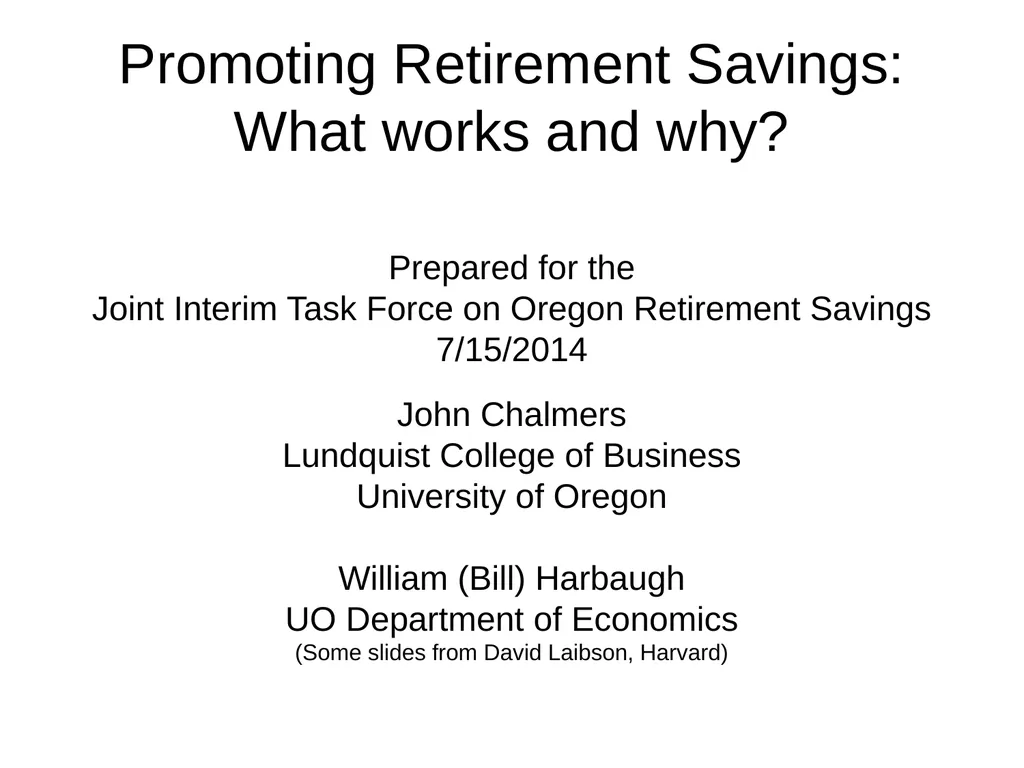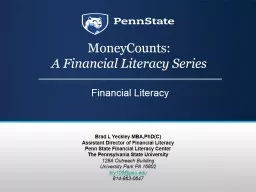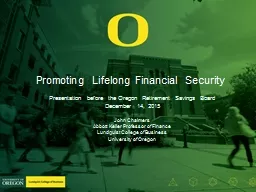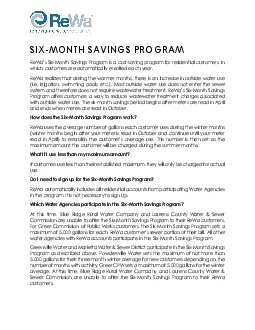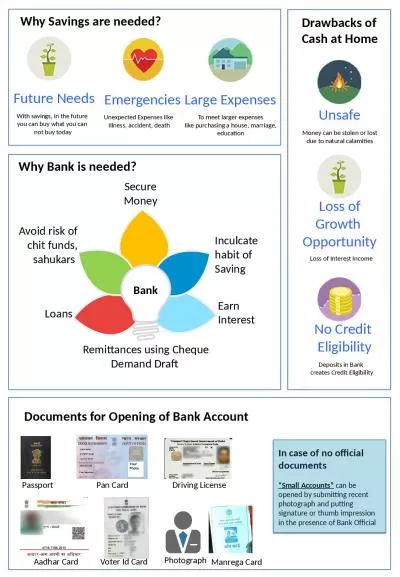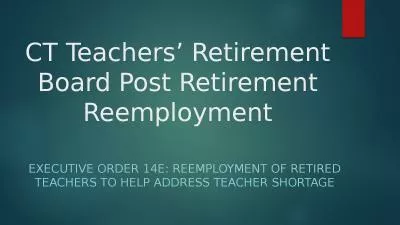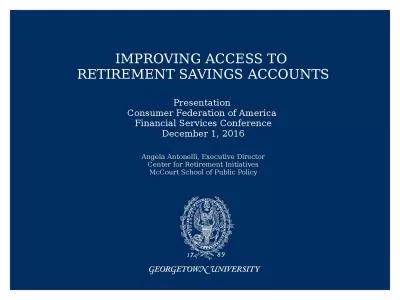Promoting Retirement Savings: What works and why?
Author : danika-pritchard | Published Date : 2025-06-27
Description: Promoting Retirement Savings What works and why Prepared for the Joint Interim Task Force on Oregon Retirement Savings 7152014 John Chalmers Lundquist College of Business University of Oregon William Bill Harbaugh UO Department of
Presentation Embed Code
Download Presentation
Download
Presentation The PPT/PDF document
"Promoting Retirement Savings: What works and why?" is the property of its rightful owner.
Permission is granted to download and print the materials on this website for personal, non-commercial use only,
and to display it on your personal computer provided you do not modify the materials and that you retain all
copyright notices contained in the materials. By downloading content from our website, you accept the terms of
this agreement.
Transcript:Promoting Retirement Savings: What works and why?:
Promoting Retirement Savings: What works and why? Prepared for the Joint Interim Task Force on Oregon Retirement Savings 7/15/2014 John Chalmers Lundquist College of Business University of Oregon William (Bill) Harbaugh UO Department of Economics (Some slides from David Laibson, Harvard) Life Cycle of Finance Compounding Miracles Save $500/month 35 years of contributions Assume 10% gross returns Save $500/month 35 years of contributions Assume 12% gross returns Priorities during Career Make savings happen Defaults with opt out provisions Matching plans Education Advice Invest savings well Stock market participation Option A Low fee diversified portfolios Select to fit risk tolerance Option B Well designed default with opt out provisions Low fee target date fund Others Financial education Financial advisors Education is a tough row to hoe Financial Literacy evidence Lusardi and Mitchell 2006 (HRS 2004) – Ask these questions Q1 (Compound Interest) : Suppose you had $100 in a savings account and the interest rate was 2% per year. After 5 years, how much do you think you would have in the account if you left the money to grow: more than $102, exactly $102, less than $102? Q2 (Inflation) :Imagine that the interest rate on your savings account was 1% per year and inflation was 2% per year. After 1 year, would you be able to buy more than, exactly the same as, or less than today with the money in this account? Q3 (Stock Risk): Do you think that the following statement is true or false? “Buying a single company stock usually provides a safer return than a stock mutual fund.” Get the following Results Literacy in the Oregon University System Good news: Over 90% of a sample of Oregon University Employees Answer the Literacy Questions Correctly Chalmers and Reuter (2014) Bad news: Even though they answer the literacy questions correctly – OUS employees make many of the same mistakes in choosing their investments Defaults Improve Savings Beshears, Choi, Laibson, and Madrian (2008) Financial education/advice? Education can help but it takes a lot of effort and follow up to prove marginally effective. Financial advisors – e.g. Bergstresser, Chalmers, Tufano (2009) and Chalmers and Reuter (2013), Advisors do some good – for example fewer investors in a bad default investment (like Money Market), more international diversification Incentives matter and advisors respond to those incentives– Actively managed mutual funds charge investors more and usually pay advisors more than an index fund
